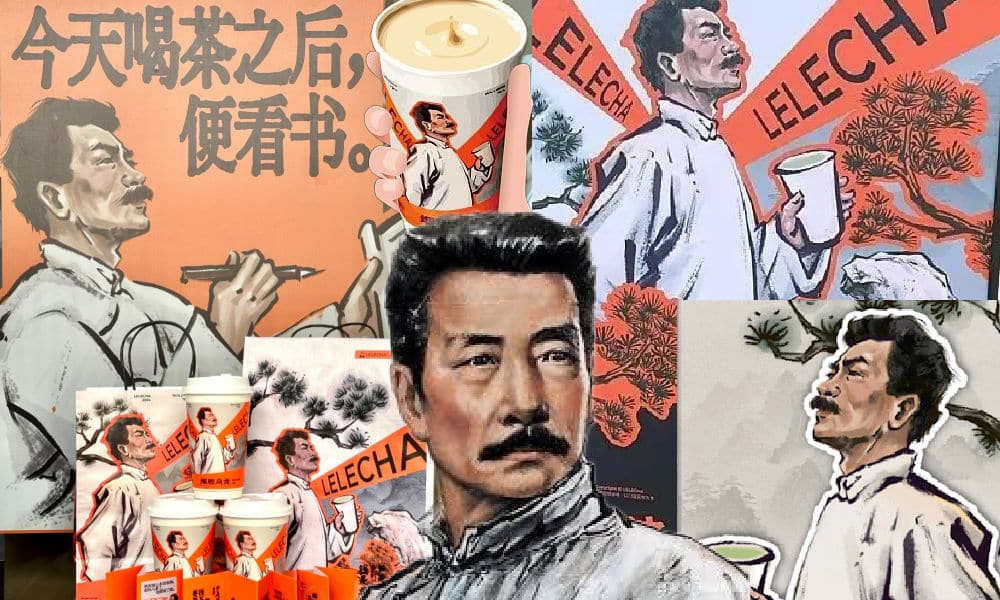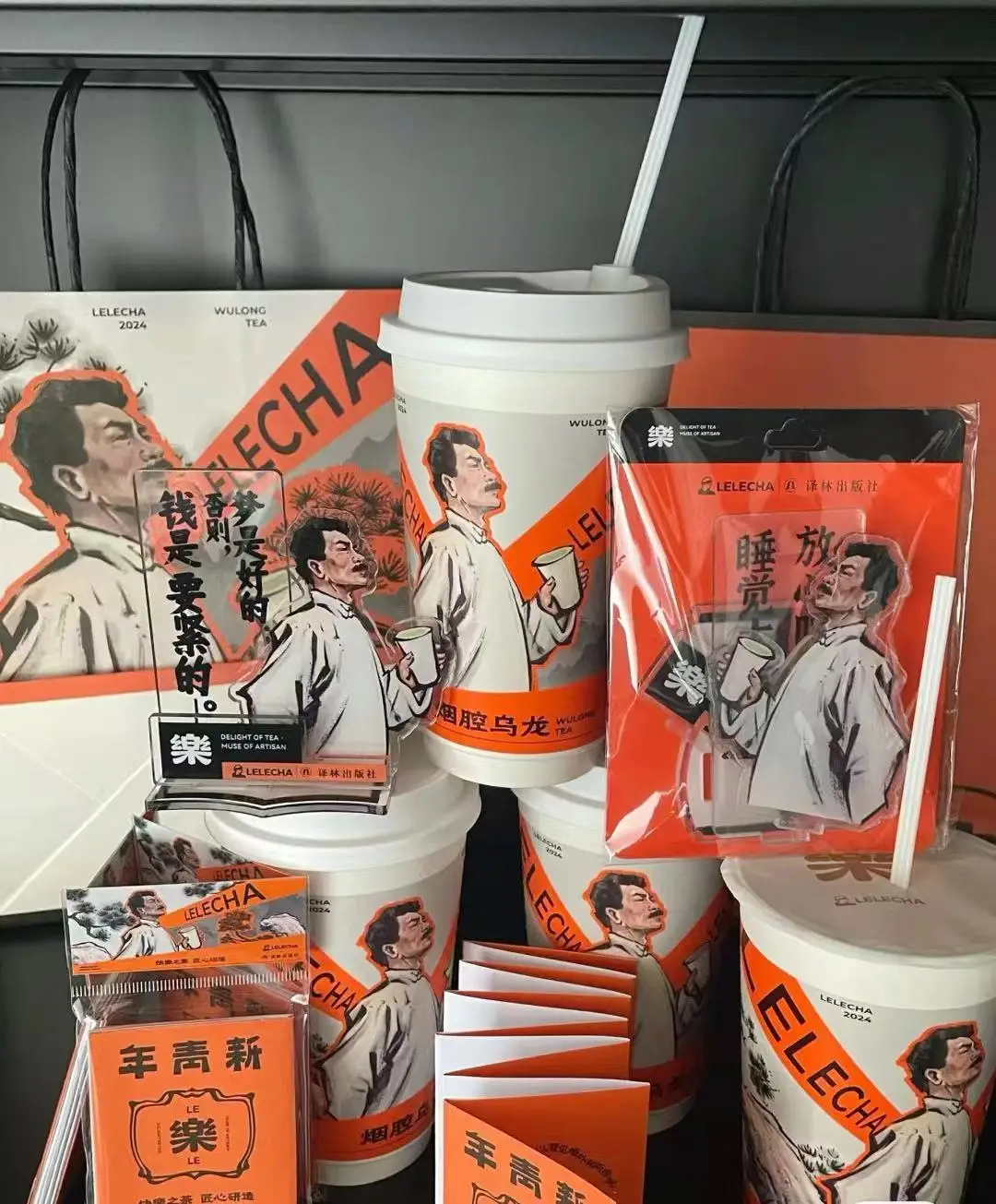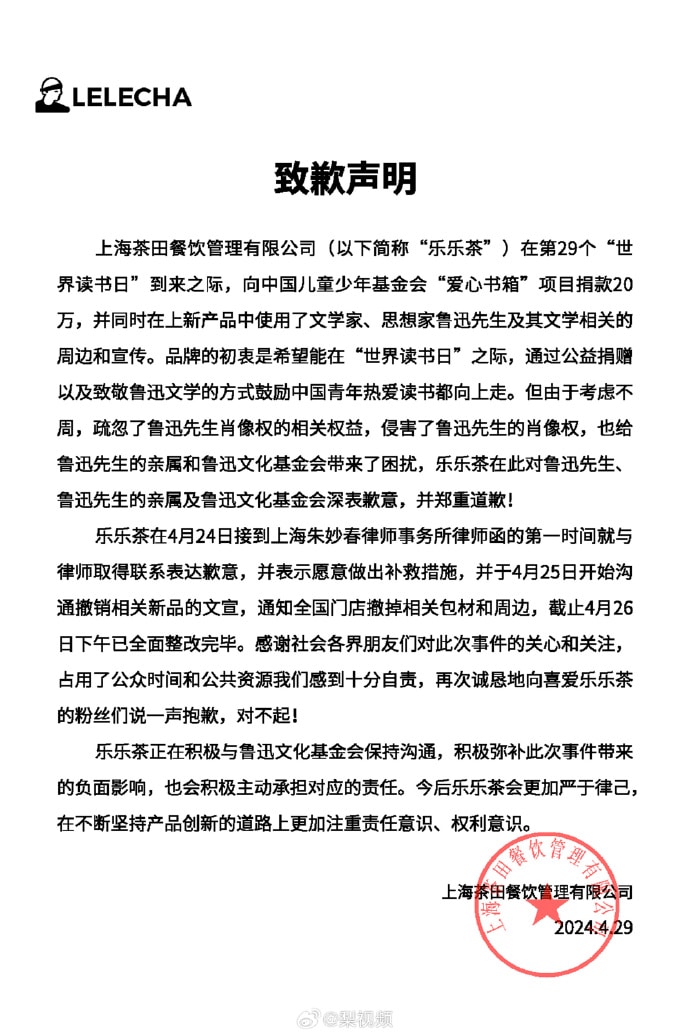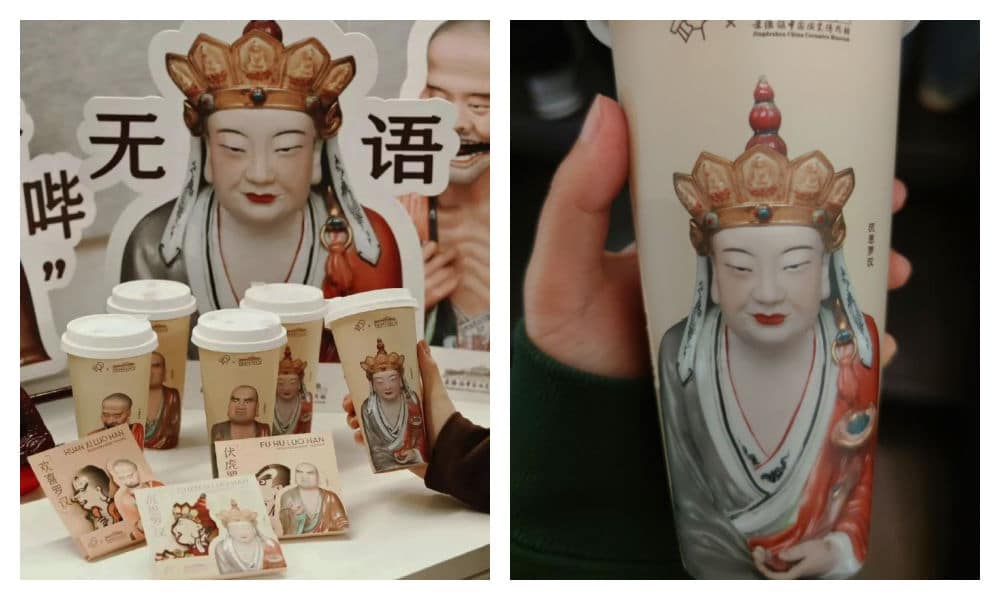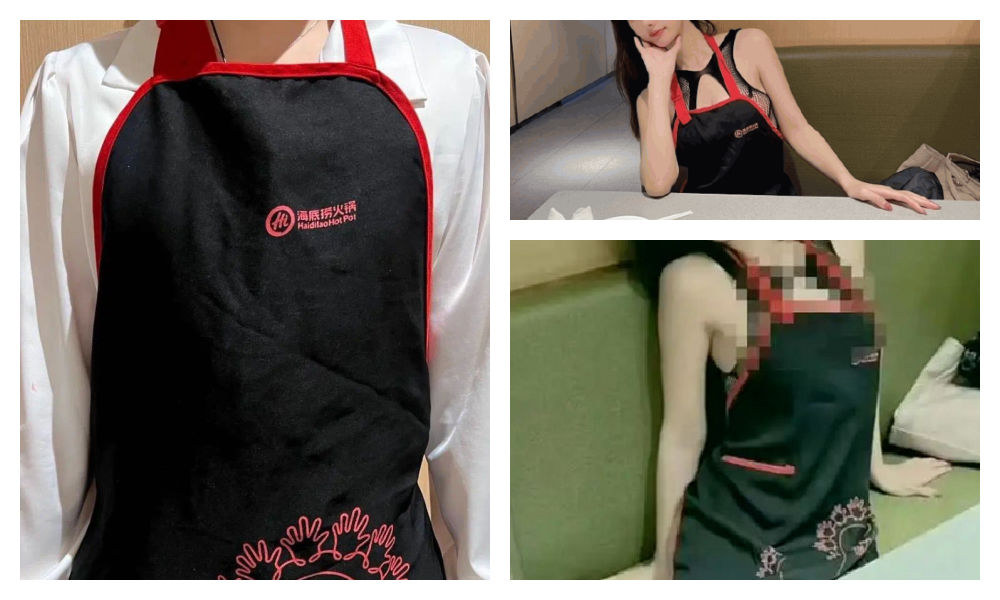The personal account of one high-speed railway passenger went viral this week. His view: China’s high-speed railway staff should be praised more, as their service has become better than that of “developed countries”.
One passenger posted his experiences with China’s high-speed railway on Sina Weibo this week, praising the good service of its station and train staff. The story became one of the top trending Weibo posts of the day, with many netizens agreeing with the man that China’s train services are high standing.
See the translation below for the full account of the man’s story.
[box] “A few days ago I went on a business trip to Tianjin. Halfway there, at the Jinan stop, I stepped out to stretch my legs. I may have been too distracted, because I did not even hear the whistle blow. As a result, I saw the train slowly picking up speed right beside me. It took me five seconds to realise that it was actually my train that was leaving. Inside was my luggage, my computer, my mobile, and my wallet.
I stood there for a bit before I became clear-headed: I was left at the train platform! I arrived at the service desk somewhat depressed, and explained my predicament to the staff. While I was telling my story, I felt the young woman behind the service desk scrutinising me with her eyes. She probably thought: this traveler looks quite normal, how could he be so stupid?
After she had heard my explanation, she asked me to wait and started to get in touch with the conductor of the train by calling internal inquiries. After she had traced down the number of the train manager, she explained the situation and handed me the phone. After they asked for my details, seat number and luggage, they told me they would take care of my things and hand them over to the staff at Beijing Station. Although I was going to Tianjin, the final stop of the train was Beijing.
I wanted to thank the staff after hanging up the phone. She told me to wait a bit, and again, helped me to get in touch with a conductor of the regular train service. Right then, a middle-aged woman came up to the service desk. She was crying so badly that she could barely speak. The staff asked her what the problem was, but not much came out. After a little while, when the woman had calmed down, we found out that her situation was quite simple: she had missed her train. According to what she told, she had already changed her train reservation twice, and missed it both times. The main reason was that it was her first time taking a high speed train, and she could not find the boarding gate.
The service staff seemed to relax after hearing the story. I understood why – when she first saw the woman crying like that, she probably thought there was something worse than just missing a train. This was easy to handle. The staff made another phone call and then looked at me, saying: “Hey mister, can I ask you for a favour?” I said: “I know, I can bring this lady to her train.” She said: “It won’t be such a hassle. You are on the same train, you just help her to your train.” That sounded even more easier.
As I was walking with the lady to the train, she kept repeating to herself: “I feel so useless, that is why I cried.” “Don’t be so hard on yourself,” I said: “You only couldn’t find the train’s boarding gate, that’s all. Look at me, I frequently travel, and I suddenly found myself alone on a platform, having let the train go without me. Compared to you, I am the one who’s muddle-headed.” The woman smiled.
As we arrived at the train, the woman and I found the train manager. She already knew about the phonecall from the service desk, and understood our situation. I specifically explained that although my original destination was Tianjin, I needed to go to Beijing to pick up my luggage, and that if needed to, I would pay extra for my ticket. The conductor was a young woman, under the age of 28. She listened and wondered: “So why is your luggage not taken to Tianjin?” “This is what the conductor told me.” “Wait a bit,” she told me: “I will check for you.”
Then, after another set of procedures (inquiring the number, contacting the conductor) she told me: “Your luggage will be send directly to Tianjin, and the station staff will hand it over to you there.” She also comforted the woman, and told her not to worry at China’s high-speed rail station, where she could always just look for some staff to help out. She then advised us to sit in the dining car.
When we were nearing Tianjin, the conductor came up to me and said: “I’ll help you when getting off the train, to avoid you not being able to find any staff.” As we arrived and got off, a young man was waiting for us with my computer bag in one hand, and my funny thermos flask in the other.
The whole event was so warm. Every staff member had their own duty, and went beyond their responsibility. The conductor of the later train I took had no reason to reach out to me like that. She only had to ensure that I could go on and could get off the train. But she also considered that it would be inconvenient for me to go to Beijing, and she helped me to arrange it. It was very considerate service.
When I told my friend of my experiences afterwards, he told me to write it down. It’s good to praise our high speed railway staff; their service exceeds normal service and is at a high level. It is even better than that of developed countries. It’s very good. I have also experienced this kind of service on foreign airlines. I had missed my flight and got good service. The core value: trying to solve the passenger’s problems is no trouble.
This time, there was unexpected consideration and warmth, getting this kind of service in China for the first time.
[/box]
The story has been shared over 8700 times on Weibo.
For one netizen, the story is familiar: “I am one of those people who is sleeping when getting on the train, and peeing when getting off the train. One time I went from Guangdong to Shilong, and I only woke up in Pingchang. As a result… a beautiful train manager reassuringly smiled at me, and made some phonecalls to arrange a train back. It gave me warm feeling reading this story. Thank you, China!”
“This reminds me of my neighbours,” one other commenter says: “The whole family went to the station to bring their daughter, who was going to study in Changsha, to the train. As the train departed, the whole family was on the train, and their daughter was still on the platform.”
China has opened its first high-speed railways (HSR) in October 2003, and has now built 10,000 miles (16093 km) of high-speed tracks within its borders (NBC). With HSR, it is now possible to travel the 819 miles (1318 km) from Beijing to Shanghai in 5 hours; a train journey that would have cost at least eight to ten hours only a couple of years ago.
– By Manya Koetse
©2015 Whatsonweibo. All rights reserved. Do not reproduce our content without permission – you can contact us at info@whatsonweibo.com.
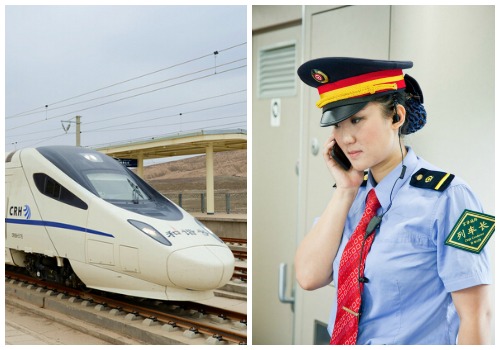

 China Insight2 months ago
China Insight2 months ago
 China Arts & Entertainment3 months ago
China Arts & Entertainment3 months ago
 China Arts & Entertainment2 weeks ago
China Arts & Entertainment2 weeks ago
 China Media2 months ago
China Media2 months ago

